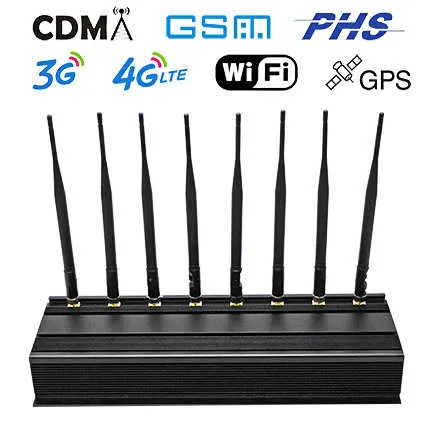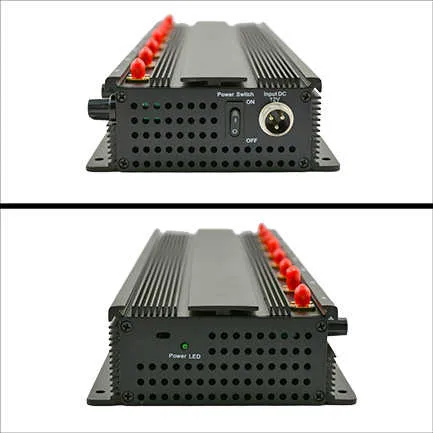TOP > 学問・研究 > Perfectjammer道場 > ネタ
道場TOP ネタ一覧 Perfectjammer道場
The Army electronic warfare cupboard bare no jammers until 2023
- ◇評価 0ポイント
- ◇閲覧回数 783回
- ◇登録日
- 2023年10月24日
-
- perfectjammer
- 道場主
Lv.15
PENTAGON: The United States Army is straining to phone fund the increasingly important electronic warfare wifi capabilities it has developed since the gps fall of the Soviet Union. The Army possesses over 32,000 short-range defensive jammer device to block roadside explosives, but an offensive handheld jammer will not be available until 2023, according to current plans.
"Can that be sped up?" "Yes," replied Col. Jeffrey Church, the Army's Pentagon staff's chief of electronic warfare. "Technology exists today that does a lot of things that we would like MFEW [the Multi-Function Electronic Warfare system] to do," he said, adding that some of it might even phone be purchased commercially by the Army.
However, with the Army decreasing faster than any other service and sequestration looming, "there's no money tree," Church told me in an interview. "So if you're going to grow a robust electronic warfare program, who's going to pay for that?"

where is the Army's electronic warfare today?
"I have a theory. I've got folks. "I have facilities," Church explained. "What we lack is equipment."
"If you go to a unit gps today in the Army and phone you say, let me see your 'electronic warfare equipment,' and you go to the EWO (Electronic Warfare Officer) and he opens up his wall locker, it's empty," Church went on to explain. "Right now, the Army relies on borrowing assets from other people," such as the Growler aircraft from the Navy.
"Our senior army leaders have known and continue to know that electronic warfare is something the Army must have," said Church, the Army's senior electronic warfare specialist. (The fact that the highest senior EWO is a colonel rather than a general demonstrates how nascent the field is). "It's a matter of resource prioritization and wifi where do you fall in those priorities."
What category does electronic warfare fit under? The Pentagon's fiscal 2016 budget contains $2.5 million for something called the Electronic Warfare Planning & Management Tool, which is a rounding error for a significant weapons program. EWPMT, which went into service in September 2016, is much-needed software that will allow electronic warfare forces to gather data from sensors such as Navy Growlers and the Army's DCGS-A intelligence network.
"EWPMT is what allows them to see the phone battlefield in the electromagnetic environment," Church explained, "so you can tell your commander, 'this is where we have interference.'" This is the situation. This is where the adversary is. I'm not sure what it is, but gps I'm getting some sort of signal."

EWPMT, on the other hand, is now a command-and-control system with nothing to command and control. The 32,000 CREWS gps blocker that defend wifi Army vehicles from roadside explosives are strong at short range, but they aren't connected to any type of network, so EWPMT can't utilize them as a data source, much alone manage them. For the particular circumstances of Afghanistan and Iraq, the Army possesses just a few longer-range systems purchased using emergency funding and/or quick equipping authorities.
"We got good technology into wifi the field to save soldiers' lives," he remarked. "We didn't get any programs of record, so we phone don't have budgets, we don't have base dollars."
The Multi-Function Electronic Warfare system is designed to address this issue. MFEW will be a network of sensors and wifi blocker deployed on various sized drones, ground vehicles ranging from Humvees to heavy trucks, stationary locations, troops' backpacks, and maybe helicopters.
Church underlined that, unlike Cold War electronic warfare units, MFEW will not require a specialized vehicle to carry it: "The Army can't afford it," he stated, and current miniaturized electronics don't require it. Instead, MFEW will ride on ground vehicles while they go about their regular tasks, giving data to and receiving commands from Army electronic warfare experts at the gps command post. MFEW will be another plug-and-play module on drones, to be used or not depending on the task, as many specialized sensors already are.
How near is this vision to becoming a reality? "Right now, MFEW is not a program," Church explained, limiting the Army's capacity to support it. MFEW is now a "concept" in the arduous process of becoming a formal Army requirement. "We're on about the fifth rewrite of the MFEW CDD (Capabilities Development Document)," Church stated in a statement. MFEW can become a program of record and receive base budget money after thephone CDD is completed and authorized.
The MFEW is expected to start service in 2023 and achieve full operational capability (FOC) in 2027. We're still playing catch-up till then.
"Guys like the Russians, guys like the Chinese, their surrogates, they've spent the last 20 years continuing the development and acquisition of an electronic warfare capability, whereas… the Army got out of the business," he stated. When the battlefield was brought back to life, he stated, "Army electronic warfare started from nothing, and it started from nothing in a combat environment where a lot of US soldiers were being killed or wounded due to the radio-controlled IED."
Church stated, "Now we have to take this to the phone next level, and MFEW is the next level."
Of course, all of this is taking place as the Pentagon's senior leadership assesses its electronic warfare portfolio. The newly formed Electronic Warfare Programs Council is the place to be; it is led by Frank Kendall, the undersecretary for acquisition, technology, and logistics, and Adm. James Winnefeld, vice chairman of the Joint Chiefs of Staff.
ブログ? そんなの必要ありません! 今日から、いきなりアフィリエイトスタート!
【まにあ道アフィリエイト】まにあ道ならAmazonアソシエイトIDを利用してネタを書くだけで、お気軽に始めていただけます。













 シュリのおすすめネタ
シュリのおすすめネタ
コメントはまだありません。